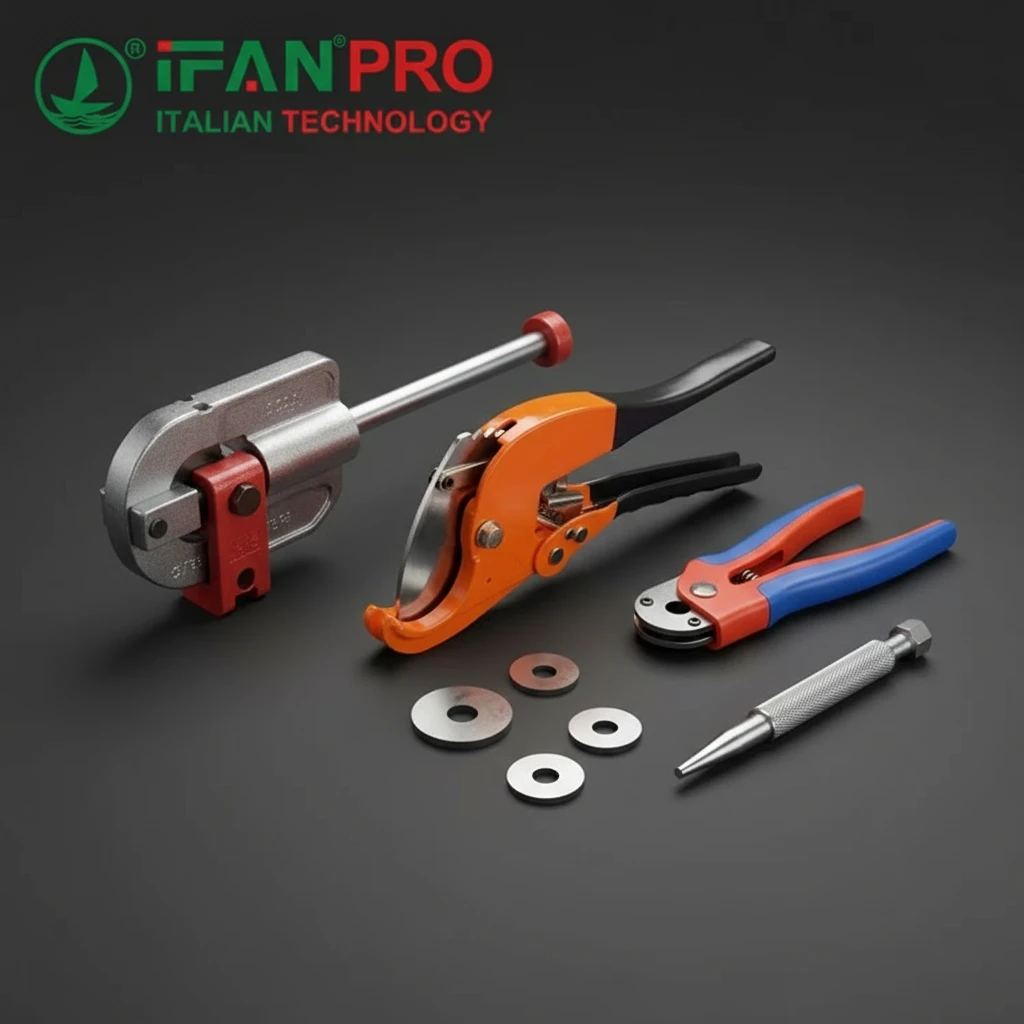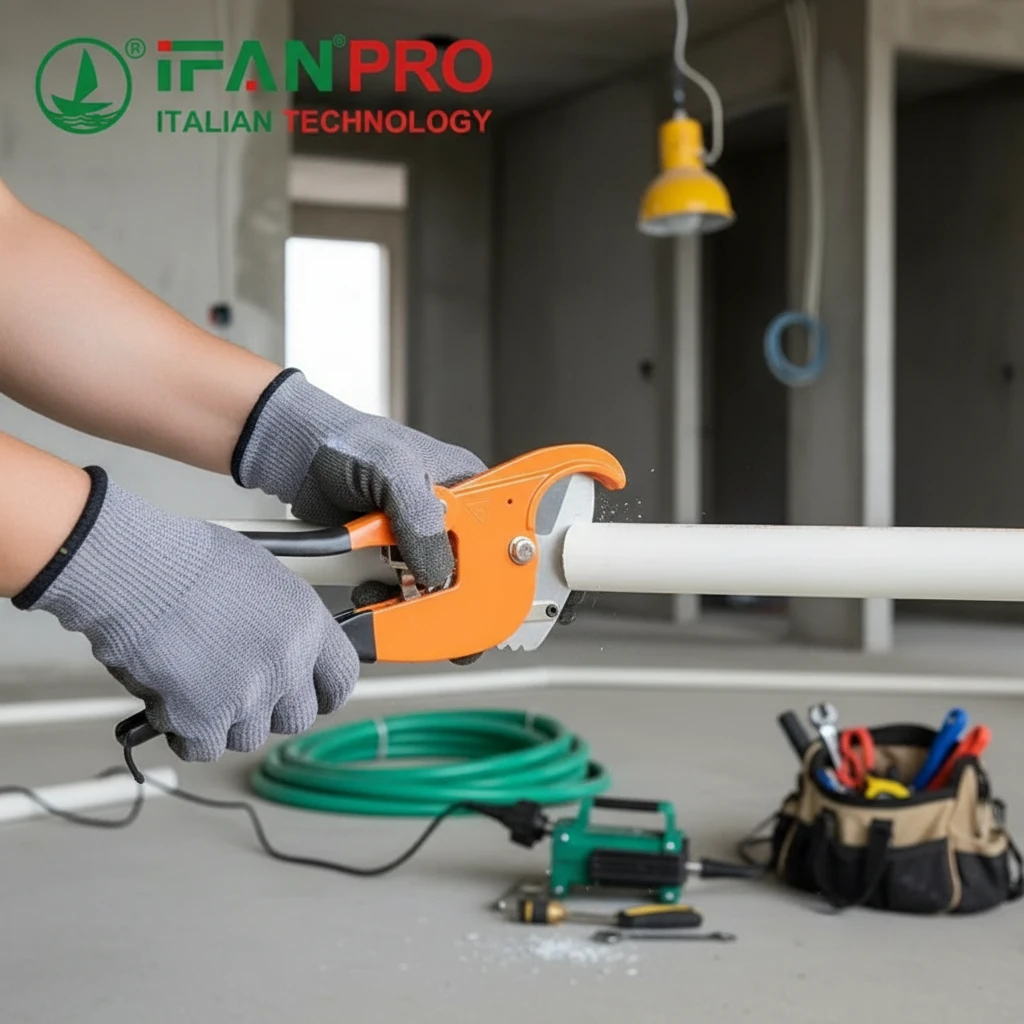When choosing between PPR and PVC pipes, cost often drives the decision. PVC pipes are initially cheaper than PPR pipes. However, the total cost picture is more complex.
Initial Purchase Price Comparison
PVC pipes cost 20-30% less upfront than PPR pipes. A standard 4-inch PVC pipe costs $2-4 per foot. The same size PPR pipe ranges from $3-6 per foot.
Material costs vary by manufacturer and region. Bulk purchases reduce prices significantly. Custom specifications may increase costs for both materials.
Installation Cost Factors
PPR installation requires specialized heat fusion equipment. This adds $200-500 to project costs. PVC uses simple solvent welding. Basic tools cost under $50.
Labor costs differ between materials. PPR installation takes 15-20% longer than PVC. Skilled technicians charge premium rates for PPR work.
However, PPR joints are stronger and more reliable. Fewer callbacks mean lower long-term labor costs.
Long-Term Cost Analysis
PVC pipes last 25-40 years in typical applications. PPR pipes exceed 50 years with proper installation. This longevity difference impacts total ownership costs.
PPR handles temperature fluctuations better. Fewer repairs mean lower maintenance expenses. PVC may crack in extreme conditions, requiring costly replacements.
Energy efficiency also matters. PPR’s superior insulation properties reduce heating costs in hot water systems.
Performance vs Price Trade-offs
PVC Advantages:
- Lower material cost
- Faster installation
- Widely available
- Established supply chains
PPR Advantages:
- Longer lifespan
- Better temperature resistance
- Superior joint strength
- Lower maintenance needs

When PVC Makes Financial Sense
Choose PVC for:
- Budget-constrained projects
- Cold water applications
- Temporary installations
- Areas with easy pipe access
PVC works well in irrigation systems. Municipal water distribution often uses PVC successfully.
When PPR Justifies Higher Costs
Select PPR for:
- Hot water systems
- High-pressure applications
- Difficult access locations
- Premium building projects
Hospitals and hotels prefer PPR for reliability. The reduced maintenance costs offset higher initial investment.
Regional Price Variations
Prices fluctuate by location and availability. Asian markets often favor PPR. European standards influence material selection.
Local building codes affect choices. Some regions mandate specific materials for certain applications.
Custom Solutions Impact Costs
Standard sizes keep costs low. Custom diameters or specifications increase prices for both materials. Special additives for chemical resistance add expense.
Working with experienced manufacturers helps optimize costs. They can suggest alternatives that meet requirements while controlling expenses.
Total Cost of Ownership Calculator
Consider these factors:
- Initial material cost
- Installation expenses
- Expected lifespan
- Maintenance frequency
- Energy efficiency gains
- Replacement timeline
A 20-year analysis often shows PPR as more economical despite higher upfront costs.
Professional Recommendations
Consult with pipeline specialists before deciding. They assess your specific requirements and budget constraints.
Quality matters more than just price. Cheap materials often cost more through failures and replacements.
Consider future expansion needs. Consistent material choices simplify maintenance and modifications.
Conclusion
PVC costs less initially, making it attractive for budget projects. PPR offers better long-term value through durability and performance.
The cheapest option depends on your specific application, timeline, and quality requirements. Professional guidance ensures optimal material selection for your project needs.
For custom pipeline solutions that balance cost and performance, experienced manufacturers provide valuable expertise in material selection and system design.













Recent Comments